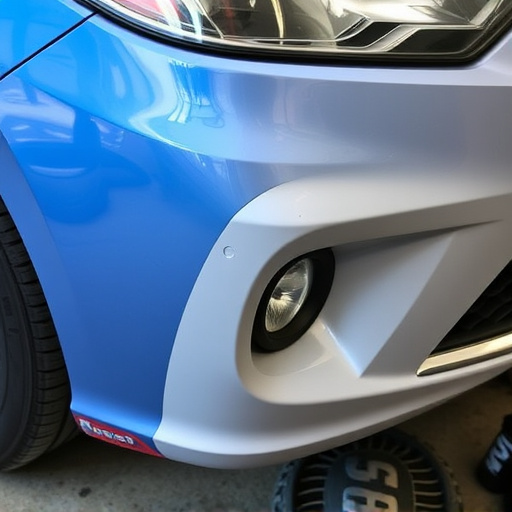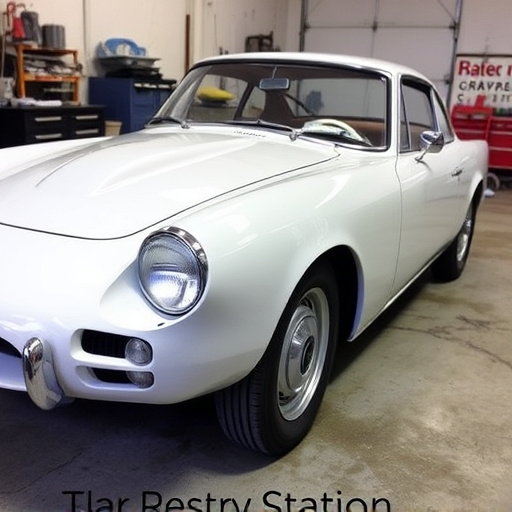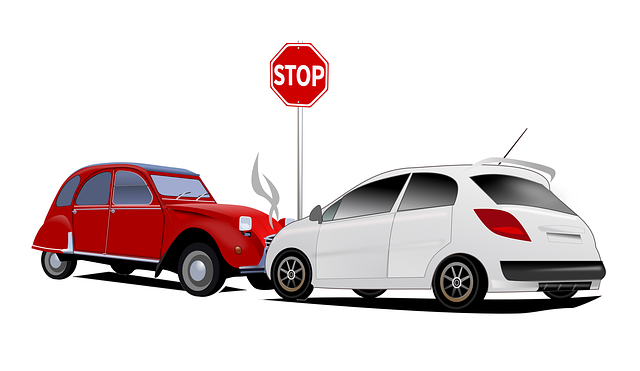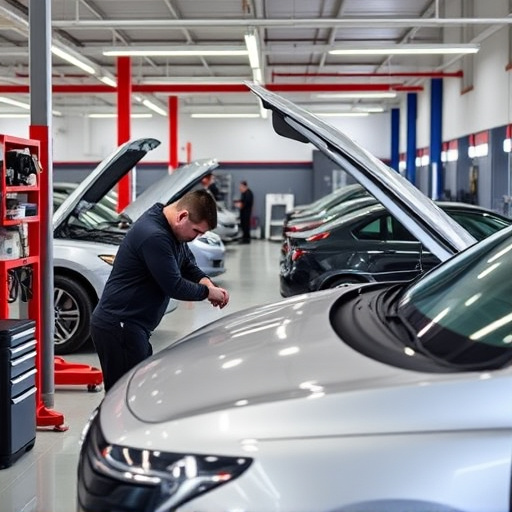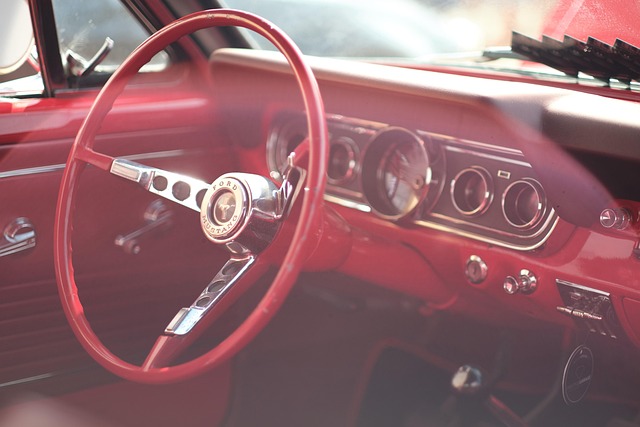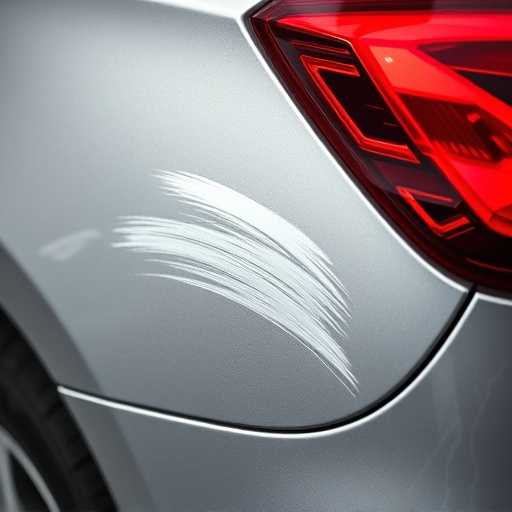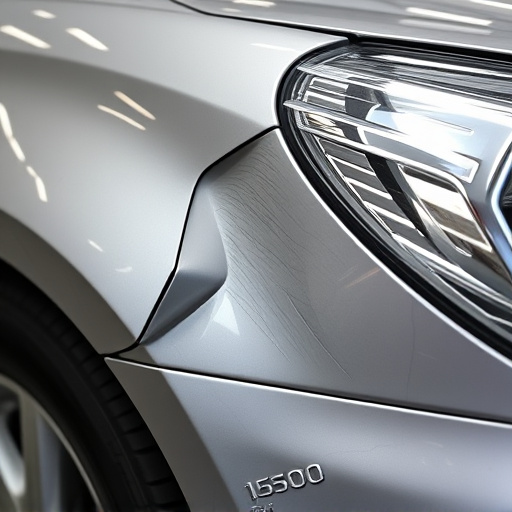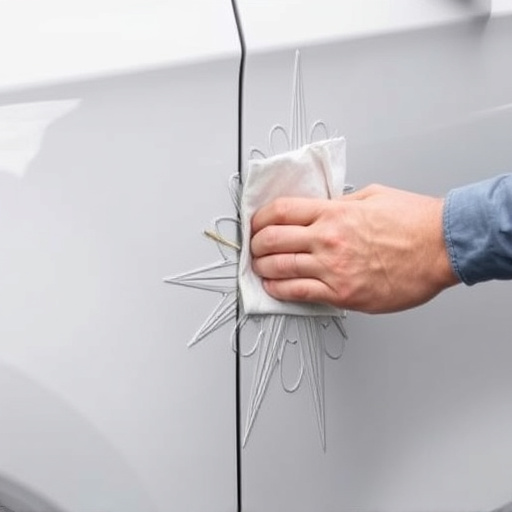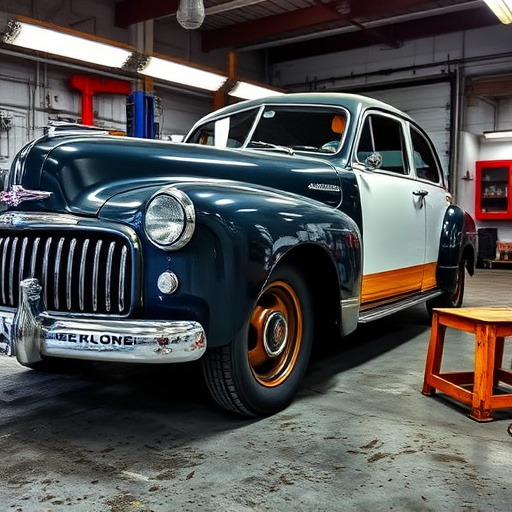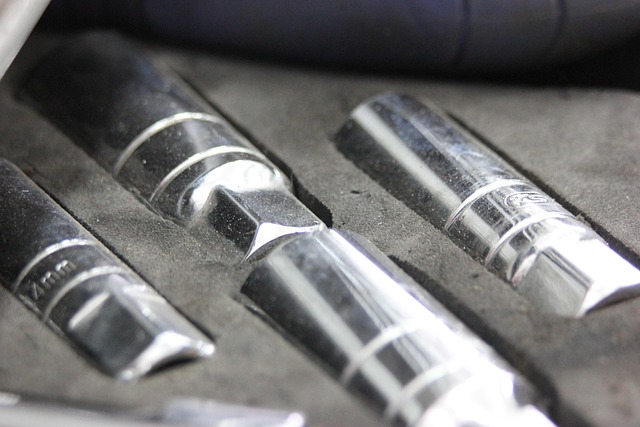Suburban collision repair services face higher labor costs due to limited skilled technicians and premium wages, with rates varying by repair complexity, experience, specialization, and shop reputation. Material quality and source impact prices, with high-grade parts ensuring better longevity but pricier initial costs. Overheads like rent, utilities, equipment, staff training, and client management drive overhead expenses, making efficient inventory management crucial for competitive pricing and high service standards.
In the competitive landscape of suburban collision repair services, understanding cost factors is crucial for both businesses and consumers. This article delves into the key elements driving prices in this industry, focusing on labor rates specific to suburban areas, material costs including parts and supplies variety, and overhead expenses unique to collision repair shops. By exploring these aspects, readers gain insights essential for informed decision-making in the suburban collision repair market.
- Labor Rates and Wages in Suburban Areas
- Material Costs: Parts and Supplies Variety
- Overhead Expenses for Collision Repair Shops
Labor Rates and Wages in Suburban Areas
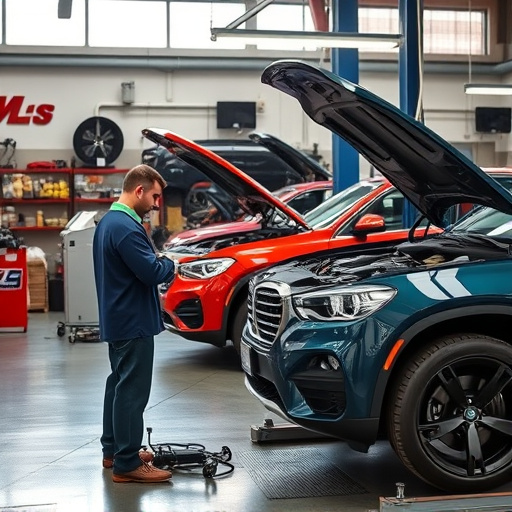
Labor rates in suburban areas often reflect the cost of living in those regions, which tends to be higher than urban centers. This is because labor, like any other commodity, is subject to supply and demand dynamics. Skilled technicians in suburban collision repair services typically command premium wages due to a lower availability of labor compared to cities. Consequently, these elevated labor costs are passed on to customers as part of the overall repair bill.
When considering suburban collision repair services, it’s crucial to understand that labor rates can vary widely depending on factors like the complexity of the repair, the experience and specialization of technicians, and the reputation of the repair shop. For instance, while basic repairs like vehicle dent repair or car dent repair might have standard labor rates, specialized services such as intricate car scratch repair could command significantly higher wages.
Material Costs: Parts and Supplies Variety

The cost of materials is a significant factor in suburban collision repair services, as it directly impacts the overall bill for auto body repairs. This includes both parts and supplies required to fix damaged vehicles. The variety of services offered by a car body shop means diverse needs for materials, from replacement panels and paints to specialized tools and equipment.
When comparing different auto body services, it’s crucial to consider the source and quality of materials. Higher-grade parts might come with premium pricing but can ensure better longevity and appearance of the vehicle’s automotive body work. Conversely, cheaper alternatives may save on costs initially but could lead to additional repairs down the line due to subpar craftsmanship or materials.
Overhead Expenses for Collision Repair Shops
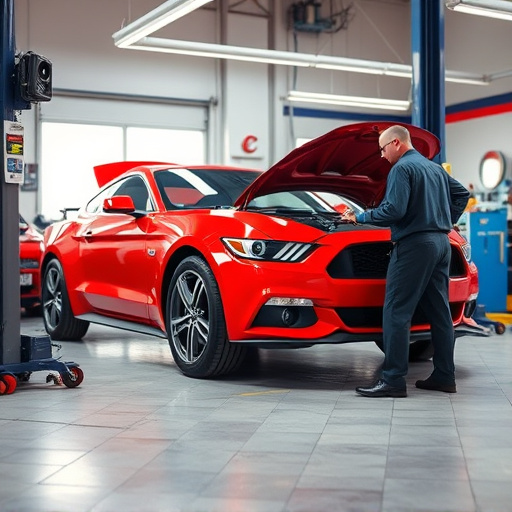
Suburban collision repair shops bear significant overhead expenses that impact their operations and ultimately influence service costs for customers. Beyond rent and utilities, these businesses must factor in substantial equipment purchases and maintenance, including specialized tools and technology required to perform complex repairs. Many collision repair centers also invest heavily in training and certifying their staff to ensure they stay current with industry standards and the latest techniques.
Additionally, collision repair shops often face the challenge of managing a mix of clients, from individual vehicle owners to large fleet repair services. This diversity requires flexible pricing structures to accommodate varying needs and volumes. Efficient inventory management is crucial, as it directly affects labor costs and turnaround times. By optimizing these aspects, suburban collision repair centers can offer competitive pricing while maintaining high-quality service standards.
When considering the cost factors in suburban collision repair services, understanding labor rates, material costs, and overhead expenses is essential. These elements collectively shape the price of repairs, ensuring quality service while maintaining competitive pricing. By evaluating these aspects, both repair shops and customers can make informed decisions, fostering a robust and transparent suburban collision repair ecosystem.
